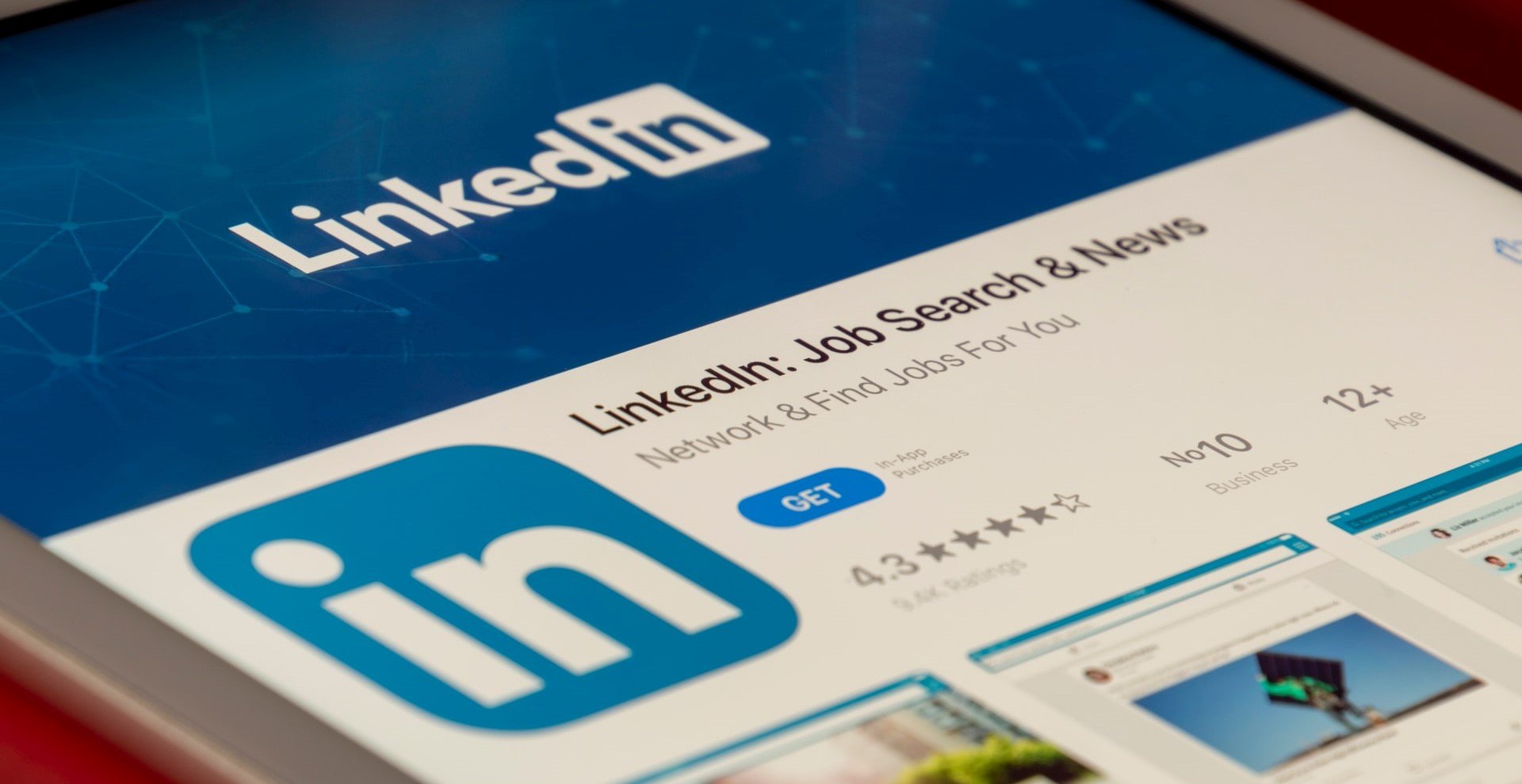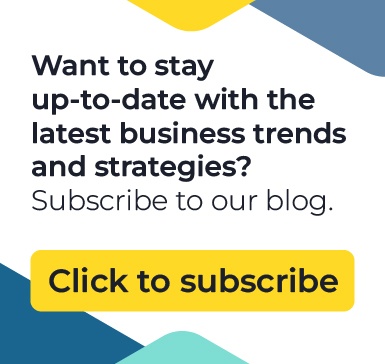1. Try it out
This may seem simple, but if you are unfamiliar with the platform, you may feel a little lost at first. Particularly if you have created the bare bones of a profile and then abandoned it down the line. It’s best to think of LinkedIn as a toolkit that needs to come out of the toolbox and be put to use. So give it a try, surf and play for a while and soon you will become more comfortable with the navigation and features of the site.
2. Complete your profile
It is really important to complete your profile in order to render it effective. This includes adding a comprehensive CV, medical experience, training, education, skills, affiliates, areas of interest and ways to contact you. When you create a complete profile, you will automatically appear higher up in the searches which will lead to more engagement with your profile.
3. Keep your profile personal
A good rule of thumb is to personalise your headline by describing yourself and your experience, rather than letting LinkedIn default to your current job title. You are also able to customise your LinkedIn profile’s URL ( www.linkedin.com/name) and then use it in your email signature, business card or even CV.
4. Add a professional photo
LinkedIn is a professional site, and so it requires a professional photo. In fact, profiles with high-quality photos enjoy far higher engagement than those without, so make sure you upload a photo that is professional and clear, portraying the right image for your brand.
5. Keep it updated
It is important to check your profile page regularly, add new information, join groups, comment on others and share relevant content. A stale profile will be less likely to attract high engagement.
6. Network as much as possible
The platform offers so many opportunities for connecting with other like-minded professionals, so it’s so helpful to take advantage of the network on offer. Contact with other members can take place via email or via direct messages. You can also build your network by searching for colleagues and inviting them to connect.
7. Follow your professional associations
As a health care professional, you are probably part of speciality organisations that have a LinkedIn presence. This is a good opportunity to get updates, connect with colleagues, get resources and engage with a like-minded community.
The bottom line
There isn’t really a downside to investing some time in LinkedIn. As far as social media platforms go, LinkedIn is ideally positioned for healthcare professionals. When leveraged well, it has the ability to enhance your professional profile, attract patients, build a reputation and encourage meaningful professional connections.

